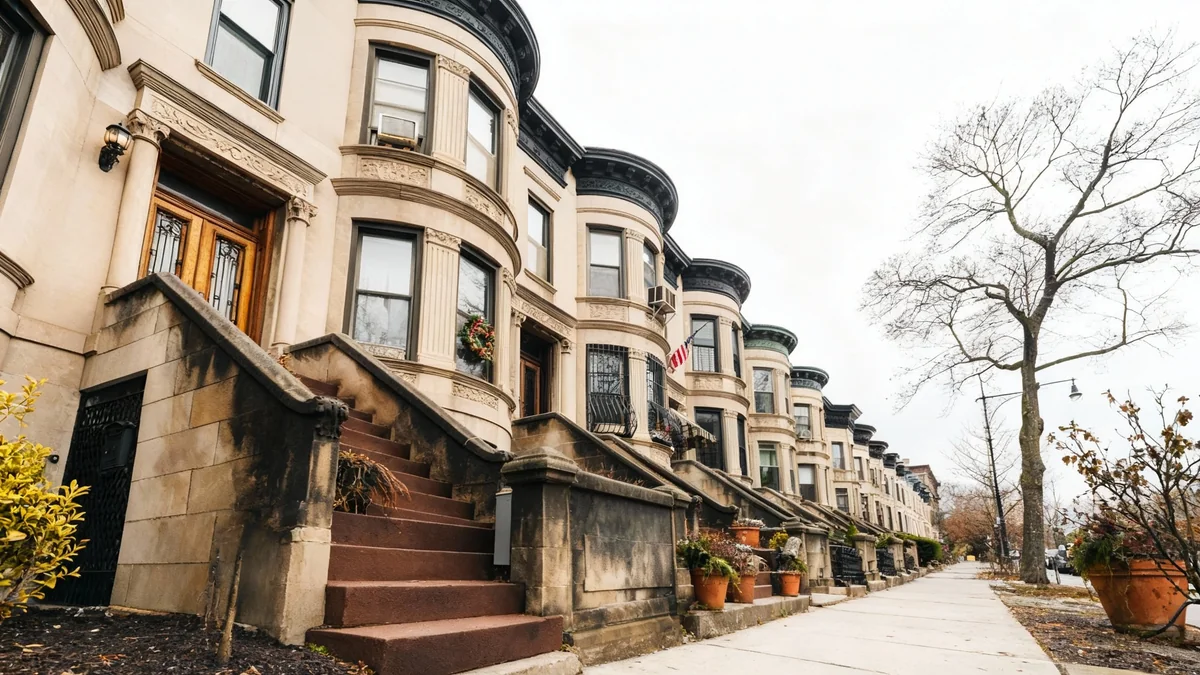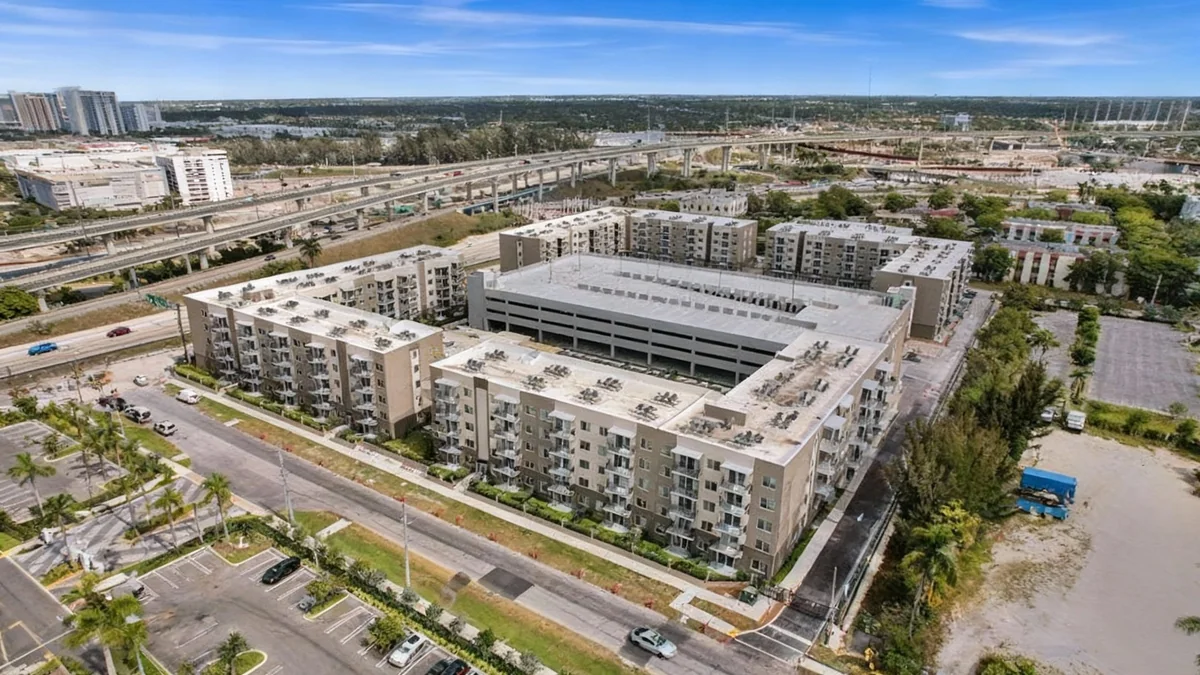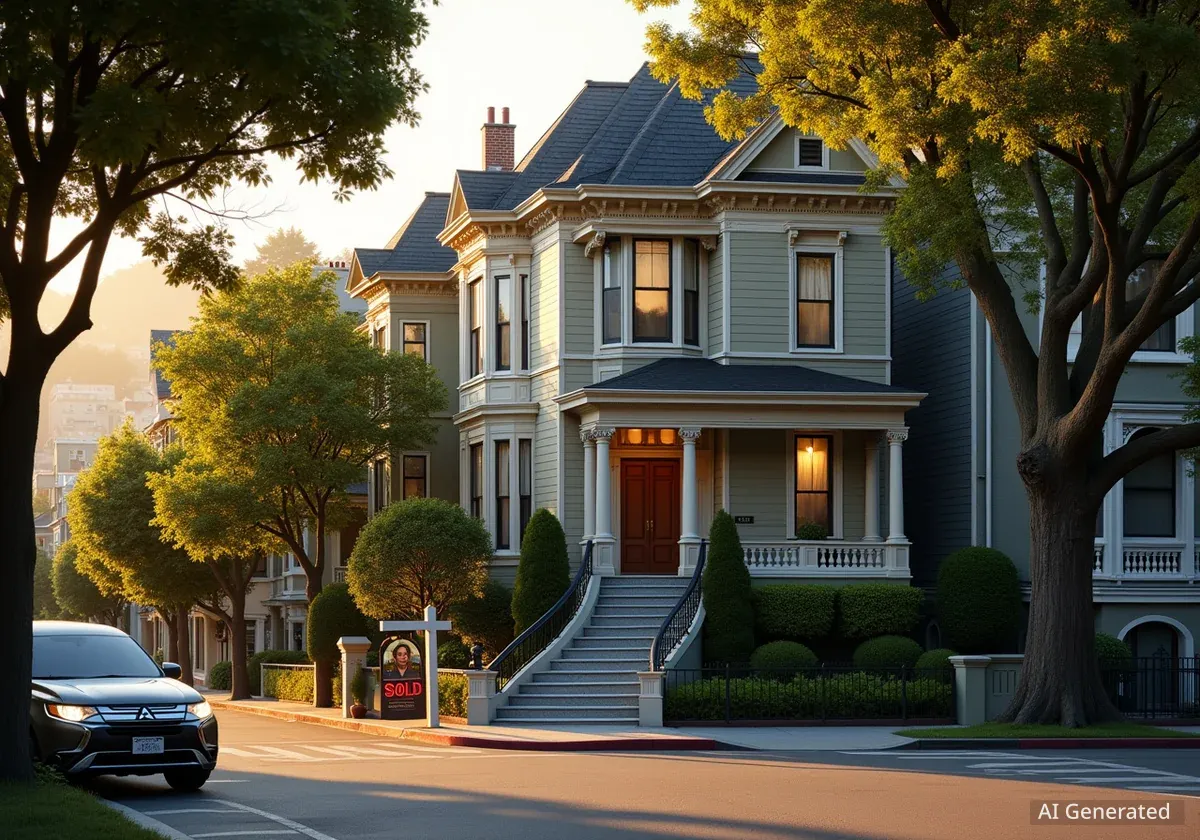The global population of individuals with a net worth of $30 million or more is expanding, leading to distinct shifts in luxury real estate markets. While established financial centers like New York City and Hong Kong continue to attract significant investment, new hotspots such as Miami, Dubai, and Lisbon are gaining prominence due to favorable tax policies and lifestyle appeal.
Key Takeaways
- New York City remains the top global destination for ultra-wealthy residents, with its population of high-net-worth individuals growing significantly over the past decade.
- Emerging hotspots like Miami, Dubai, and Lisbon are attracting wealthy buyers with tax incentives, residency programs, and desirable lifestyles.
- Key factors driving these real estate decisions include political stability, economic opportunity, and the perception of property as a stable investment.
- Future growth in the ultra-wealthy population is projected to be strongest in Asia, particularly India, while the Middle East is expected to see slower growth.
Established Hubs Maintain Their Dominance
Major international cities have long been magnets for the world's wealthiest individuals, and this trend continues. These urban centers offer a unique combination of financial infrastructure, cultural significance, and global connectivity that is difficult to replicate.
New York City Leads the Pack
According to the Altrata World Ultra Wealth Report, New York City is home to 21,380 ultra-wealthy individuals, making it the number one city globally. This represents a 23.4% increase over the last decade, reinforcing its status as a primary hub for wealth.
Following New York, other major U.S. cities like Los Angeles, San Francisco, and Chicago also rank in the top five. The list of the top ten destinations is rounded out by Hong Kong, Tokyo, London, Dallas, Washington, D.C., and Houston.
A Concentrated Population
The top 10 cities for the ultra-wealthy collectively house approximately one-fifth of the entire global population of individuals with a net worth of $30 million or more. This concentration highlights the powerful draw of major financial and cultural centers.
The enduring appeal of these cities is tied to their roles as epicenters of finance, technology, and culture. They provide unparalleled opportunities for business and investment, which makes them a consistent choice for high-net-worth homeowners.
The Rise of New Investment Hotspots
While traditional markets remain strong, a new set of cities is rapidly gaining favor among the ultra-rich. These locations often provide specific financial advantages or unique lifestyle benefits that appeal to a mobile and discerning class of buyers.
Miami's Growing Appeal
Miami has solidified its position as a top destination. A 2025 ranking from Realtor.com placed the Miami-Fort Lauderdale-West Palm Beach metropolitan area as the second most popular U.S. city for the ultra-wealthy. A key driver is Florida's lack of a state income tax.
Although Miami's cost of living is 11.5% higher than the national average, it boasts a high rate of outright homeownership. Data shows that 43.8% of residents own their homes without a mortgage, a figure significantly above the average for other major cities.
Tax Havens and Golden Visas
International destinations are also attracting significant wealth. The United Arab Emirates offers a zero percent personal income tax rate, making Dubai a popular choice. Portugal's program for non-habitual residents provides generous tax exemptions on foreign income for up to 10 years, drawing many to its capital, Lisbon.
Beyond major cities, coastal towns in Florida and Mediterranean Europe are becoming increasingly popular for second homes. These locations allow wealthy individuals to balance work in financial hubs with leisure time in idyllic climates.
Key Drivers Behind Luxury Real Estate Choices
Several core factors consistently influence where the ultra-wealthy choose to invest in property. These motivations range from practical financial planning to personal lifestyle preferences.
"Luxury real estate is also viewed as a safeguard in uncertain times. Even during economic downturns, high-end properties tend to hold their value, making them a reliable investment and a hedge against inflation."
Financial and Political Considerations
Tax incentives are a primary motivator. Favorable tax laws and strategic financial planning can significantly reduce the tax burden for high-net-worth individuals. Additionally, many countries offer residency-by-investment programs, simplifying the process of relocation.
Political and economic stability are also crucial. Wealthy buyers seek to place their assets in countries with predictable legal systems and stable governments to protect their investments over the long term.
Lifestyle and Modern Work Trends
Lifestyle remains a powerful draw. Factors attracting buyers include:
- Warm and favorable climates
- Access to world-class amenities like golf courses and marinas
- High-end shopping and dining districts
- Vibrant cultural scenes with museums, theaters, and galleries
The rise of remote work has further expanded options. With less need to be tied to a specific office, individuals who can work from anywhere are choosing locations based on quality of life. For the ultra-rich, access to private aviation removes nearly all geographic constraints.
Future Outlook and Market Impact
Looking ahead, global wealth distribution is expected to continue shifting. Emerging technology and finance hubs like Austin, Aspen, and Naples are already gaining traction as destinations for the ultra-rich.
Shifting Regional Growth
The Altrata report projects significant regional differences in wealth growth through 2030. Asia is expected to see the strongest growth in its ultra-wealthy population, largely driven by the expanding Indian economy. In contrast, the Middle East is projected to experience the weakest growth during the same period, indicating a potential shift in global investment flows.
Impact on Local Communities
The influx of wealthy buyers has a direct and often complex impact on local real estate markets. Increased demand in prime neighborhoods inevitably drives up property prices. While this benefits sellers, it can make these areas unaffordable for middle-income and local buyers.
This trend often accelerates gentrification, which can displace long-term residents and change the character of a community. Rising property values also lead to higher property tax assessments, which can place a financial strain on existing homeowners, particularly those on fixed incomes.
For real estate professionals, these shifting markets present new opportunities. Developers, brokers, and service providers who can cater to the specific needs and high expectations of ultra-wealthy clients are positioned to benefit from these global trends.





